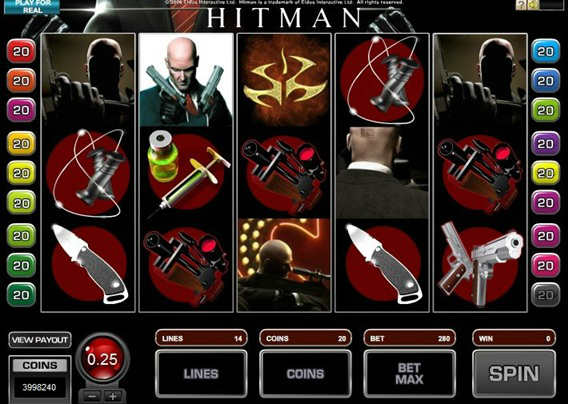In the face of emerging technologies, the video game industry has certainly seen a lot of changes. The market that was once considered to be the domain of juveniles has since expanded into a stalwart business, generating billions of dollars, thanks to constant upgrades to hardware as well as software. One of the many innovations that boosted the potential and revenue generated by video games, however, was the introduction of digital distribution. Since then, an increasing number of technologies have been made available to consumers via online services such as Steam, Xbox Live Arcade and the PlayStation Network. In going digital, however, the game industry encountered a number of perks and snags.
Digital distribution is a concept that has penetrated the entertainment industry over the years, to become an established standard for the common multimedia enthusiasts. Gone are the days when people had to access/buy entertainment through brick or mortar retail outlets or in their physical form. With the increasing penetration of the internet, consumers can download movies, songs and video games for the comfort of their armchairs and have it delivered right to their systems, bypassing the retail market altogether. Naturally, digital distribution opened up endless possibilities for user-generated content to make it into the market without [developers and consumers] having to go through the troublesome demands of traditional publishing. Apple’s iTunes Store and the Android Marketplace are prime examples of successful implementation of digital distribution platforms.
Game changer
Digital distribution has allowed several factors to affect the video game market. Since content is downloaded directly onto one’s machine, the need for physical media becomes unnecessary. Provision of downloadable content (DLC), such as add-ons and expansion packs for existing games, may be the most widespread use of digital distribution in the industry. Players get more of their favorite titles for a nominal fee; but this has also led to issues such as fragmentation within the community, dividing consumers into those who can afford the content and do want it.
Another problem is the decision by numerous publishers to withhold extra content from the game release, such as characters, missions and multiplayer modes, to obtain greater returns by marketing it as downloadable content to purchase later. This has become a nuisance for some gamers, who demand that they shouldn’t have to pay extra for what is either already on the disc or should have been.
Providing content digitally isn’t completely full of caveats though. For one thing, digital distribution gave rise to the indie games market, which is a delight for both gamers and developers. Indie and budget games are lined up online by the hundreds, conveniently providing cheap and attractive games to consumers. The new niche also breeds creativity among developers and presents opportunities for new teams to initiate their own projects under relatively lower costs – without having to jump through any publisher’s hoops. Through the indie games market, not only do gamers get more games to play, the industry gets new ideas and the potential to expand its scope.


